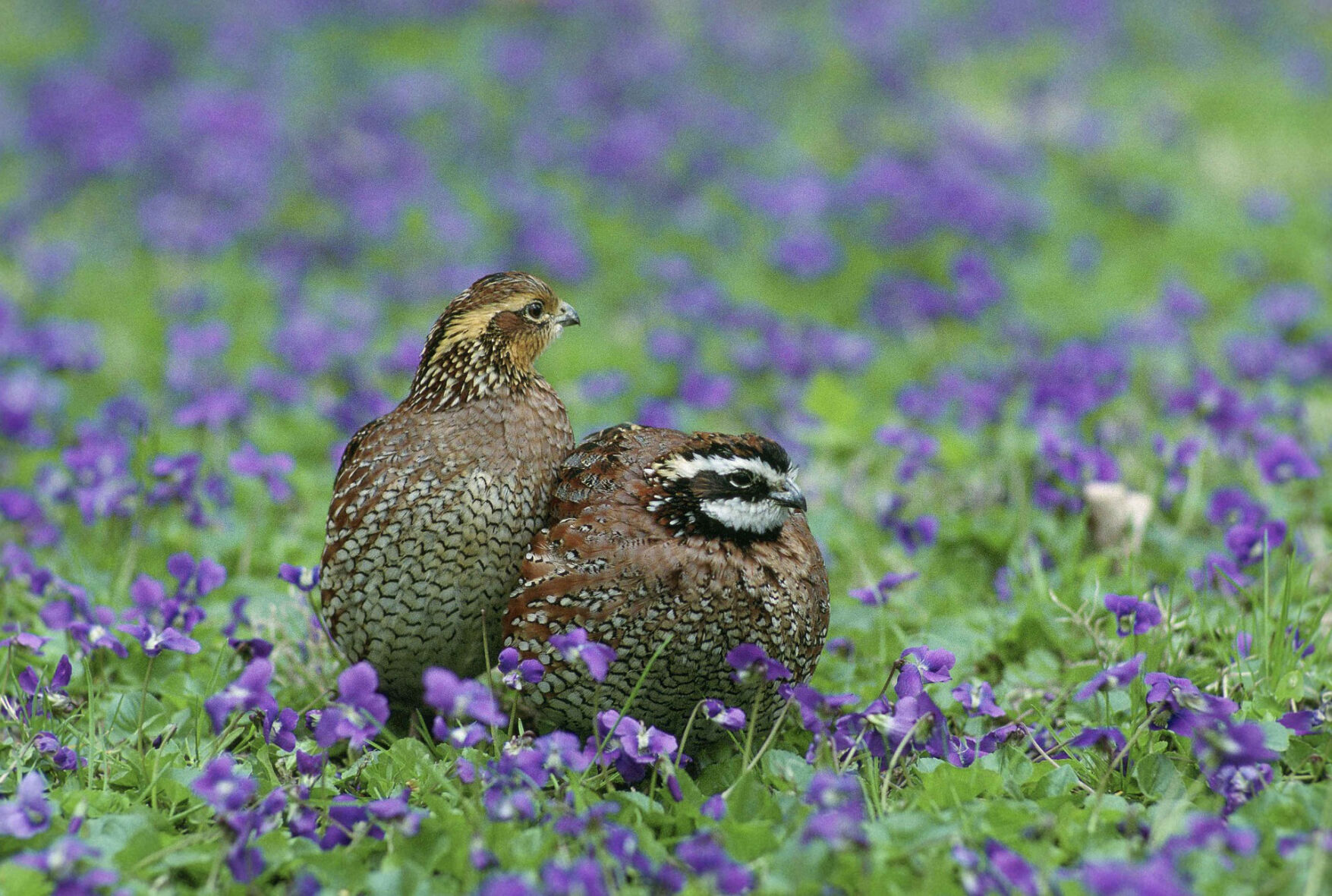It’s that time of the year again when outdoorsmen don hunter orange and wait patiently for game to come into their crosshairs, but will quail be among the wildlife in their bounty? This fickle bird was once plentiful, but now struggles to populate the High Plains.
In Oklahoma, the state wildlife department has been surveying quail populations for 30 years, with the lowest quail numbers reported in 2012. The population rose to a peak in 2016, but then fell sharply in the following years. However, this year’s survey showed 2021 was an improvement as quail numbers were up 6%. The question is, why is the quail population so vulnerable and how can landowners do their part to bolster numbers?
“There’re about 50 things that have to go right every year in order to have a good quail hatch and only one thing can go too wrong and you we won’t have hardly any birds,” said Tanner Swank, Oklahoma coordinating wildlife biologist at Quail Forever, a non-profit habitat conservation group.
He said about 60% of a quail hatch’s success comes down to proper weather conditions. Weather conditions that are too wet, cold, dry or hot at the wrong times or other extreme weather events will result in lower bird counts. The other 40% of a quail hatch’s viability is based on habitat loss.
“Habitat isn’t so much about land conversion from pasture to farm ground as much as it’s about woody plant encroachment, especially in western Oklahoma with Eastern red cedars trees converting grassland to a woodland transition,” Swank said. “There are a bunch of game birds, and quail are included in that, that won’t associate in a woodland habitat.”
Although quail will utilize cedar tree cover during severe weather events, Swank said 30% tree cover is about the most quail will tolerate and it only takes a few cedar trees to create too much canopy.
“They’re not a grassland specific bird, they are a shrub obligate bird, meaning they need ideally 22 to 27% shrub cover across landscape,” he explained. “Way back in the day when everybody was trying to farm everything, whether it should have been farmed or not, some of that land was planted back to native grass 30 years ago, but there wasn’t a shrub component added into it and so it’s still relatively useless for quail.”
Swank said the weather in 2021 was a little more favorable for quail than it had been the previous years, which explains the population increase. These conditions included a mild spring and summer and some late summer rains that helped finish out the grass and as well as late season flowers that promote the insects quail eat.
“We are still far below the 10-year running average and this year with the drought, it will be worse than last year,” Swank said. “You can have the perfect habitat, but if a 4-inch rain falls in October or June you won’t have any birds at all.”
Doing our part
Mother Nature may have a mind of her own, but landowners can follow a few simple management practices to satisfy part of the quail equation. Swank said prescribed fires and tree removal—specifically Eastern red cedars—are the best ways to promote the preferred habitat of quail and improve pasture for livestock at the same time.
“Bobwhite quail are thought of as the fire bird, their population is particularly dependent on fires creating successional habitats,” he said. “What’s good for the herd is what’s good for the bird. If you’ve got quail on your land then you’re doing something right.”
Swank also recommended rotational grazing, planting cover crops and avoiding spraying pastures for weeds.
“Those weeds that you’re spraying are most likely more palatable and nutritious for cattle than grass and the weeds produce flowers that attract insects,” Swank said. “Quail eat the seeds from weeds and the insects they attract. A neat, manicured, weed-less pasture is like asking the quail to survive in a Wal-Mart parking lot.”
The Oklahoma Department of Wildlife Conservation offers a free Quail Enhancement Program to educate the public on quail and assist landowners with improving their property to encourage quail populations. Learn more about this program at www.wildlifedepartment.com/lands-and-minerals/landowner-programs/quail-enhancement-program.
Swank said landowners can also apply for the United States Department of Agriculture’s Environmental Quality Incentives Program for financial assistance in converting pastures to better habitats for quail. Landowners can apply at their USDA field office until Dec. 9 for this year’s program. Learn more about this program at www.nrcs.usda.gov/programs-initiatives/eqip-environmental-quality-incentives.
Lacey Vilhauer can be reached at 620-227-1871 or [email protected].



